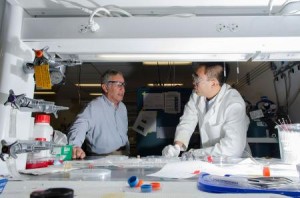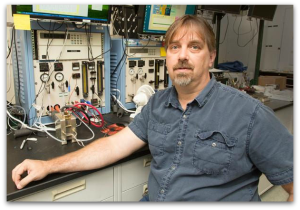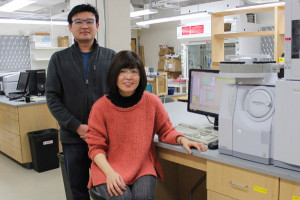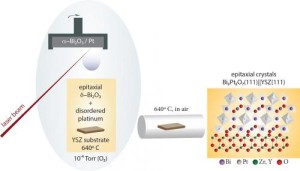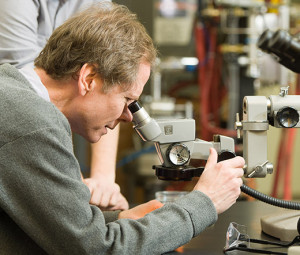
Edgar’s new patented process will allow for the building of better semiconductors.
Source: Kansas State University
The Electrochemical Society’s Jim Edgar has developed a new process to build better semiconductors, which will vastly improve the efficiency of electronic devices and help propel the semiconductor industry.
Edgar, a Kansas State university distinguished professor of chemical engineering and an active member of ECS since 1981, has just received a patent for his “Off-axis silicon carbide substrates” process, which is a way to build a better semiconductor. This new process could mean big things for the electronics and semiconductor manufacturing industries.
“It’s like a stacked cake separated by layers of icing,” Edgar said. “When the layers of semiconductors don’t match up very well, it introduces defects. Any time there is a defect, it degrades the efficiency of the device.”


